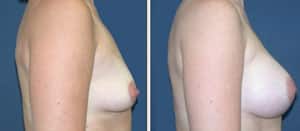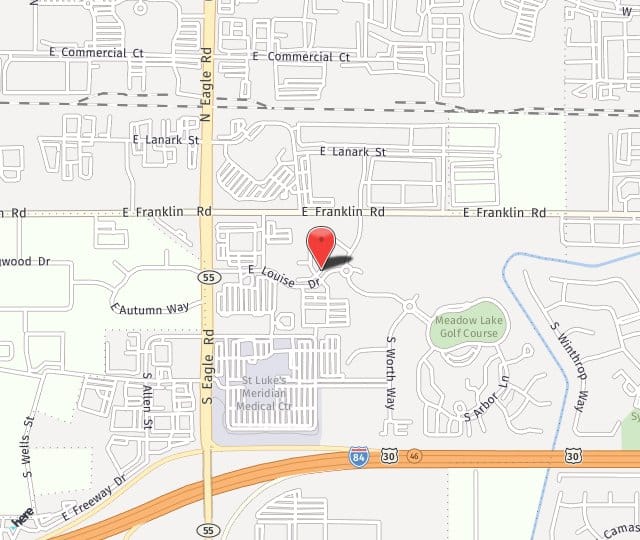Breast enlargement, or augmentation mammoplasty, enhances the body contour of a woman who is unhappy with her small breast size.
- Every woman has a unique body shape and goals for improvement. Accordingly, Dr. Wigod and his staff take time during consultations to learn what each patient hopes to gain from breast augmentation surgery. In this way, each patient enjoys a completely customized treatment plan designed for her specific goals.
- Most women think in cup sizes, but Plastic Surgeons think in cc’s (milliliters). In general, approximately 150 to 200cc’s equals one cup size. Ultimately, the final cup size is not as important as choosing the best implant to optimize your breast. Implant makers have tables of implants which vary in the number of cc’s, base diameter, and projection (profile). The main factor is your chest width. The larger the chest width, the larger the implant which can be appropriately placed. Selecting an implant base diameter about .5 cm above or .5 to 1 cm below your measurement is usually acceptable.
- Next, a low (rare), moderate (most common), or high profile implant type is selected. As the profile becomes higher, the implant becomes larger and rounder. Some women want as little rounding (fullness) in the upper breast while some want as much as possible. Examples of different sizes and projections are shown to demonstrate the difference. There is no right or wrong answer, only what is anatomically appropriate and what you like best.
- Once Dr. Wigod has narrowed down the options to a few implants, you and a nurse will use breast sizers to finalize the exact implant you need to best achieve the look you desire. You will be advised against choosing implants which are too large for your breast tissue to support as they may cause difficult to treat problems in the future. Conversely, too small an implant will be inadequate to redistribute the breast tissue.
The Procedure and Recovery
- An implant is placed most often through an incision under the breast (inframammary) in a dual plane. That is, the top of the implant is covered by the pectoralis muscle and the bottom contacts and redistributes the breast tissue. This is a standard approach and what is meant when we say, "below muscle."
- Your breasts will be dressed with a soft bra, an elastic strap called a bandeau (to prevent movement of the implants), and an ACE wrap. The dressing should not be removed until you return for your first post-op visit. You should then continue to use the bra and bandeau as instructed. Think of it as a cast for your breasts. Long term support is advised to help maintain implant placement.
- Moderate exercise such as walking is allowed after the first week. Vigorous exercise such as jogging or aerobics may be resumed at 4 weeks. Heavy lifting or exercises using your upper body should be avoided for 6 weeks.
- Within a few weeks, the actual shape and size will be evident as the implant reshapes the breast. You may notice some asymmetry. This is expected as studies show approximately 90% of women have significant breast asymmetries both before and after operation. Nipple sensation changes usually resolves. Your breasts will continue to change with time and you may require surgery in the future such as implant exchange or mastopexy (breast lift).
Breast Augmentation Revision
- As a woman ages, so does her breast. With time, the breast may hang off an encapsulated implant, the implant size may no longer be preferred, or the implant may have a deflation or leak. Breast augmentation revision surgery may be an opportunity to address the problem. Revision Surgery, however, is typically more challenging than primary surgery.
- Options for revision surgery may include implant exchange (to a larger, smaller, or newer generation silicone device), capsulectomy (scar tissue removal), or implant removal with or without breast lift (mastopexy). Revision surgery has become as common as primary surgery in Dr. Wigod’s practice.
To schedule a consultation or for more Breast Augmentation information, please visit our contact page or call our office at 208.377.9515.


